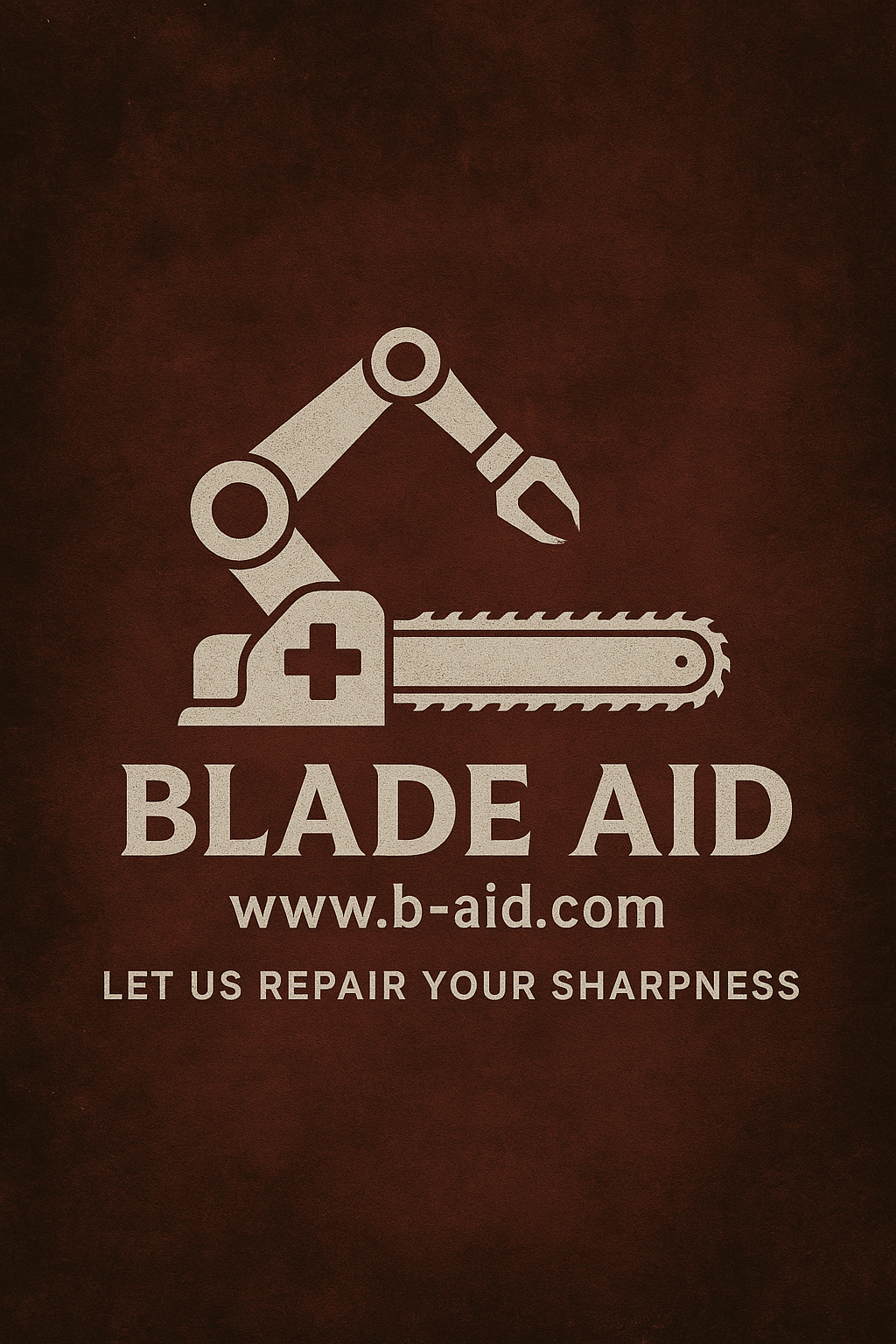
Evolution of Chainsaw Teeth
Blog: The Evolution of Chainsaw Teeth
From hand-filing in the forest to robotic sharpening precision, the evolution of chainsaw teeth mirrors the rise of modern forestry. Early chainsaws featured simple round-tooth profiles sharpened with basic files—effective, but inconsistent. As engine power and chain speed increased, so did the demand for more aggressive and precise cutting profiles.
Modern full-chisel and semi-chisel teeth are now engineered for specific applications—from hardwood felling to dirty stump removal. Today’s tooth angles are calculated by computer modeling and optimized for efficiency, kickback reduction, and longevity. Blade Aid pushes this evolution further with laser-guided sharpening, ensuring every cutter is returned to factory spec—or better.
As the industry looks forward, robotics and data-driven sharpening systems will dominate. Blade Aid’s vision includes humanoid sharpening tech, AI-based wear prediction, and sharpening logs tied directly to each client's portal.
In the history of chainsaws, teeth have always been the point of contact—and Blade Aid makes sure yours stay at the cutting edge.
